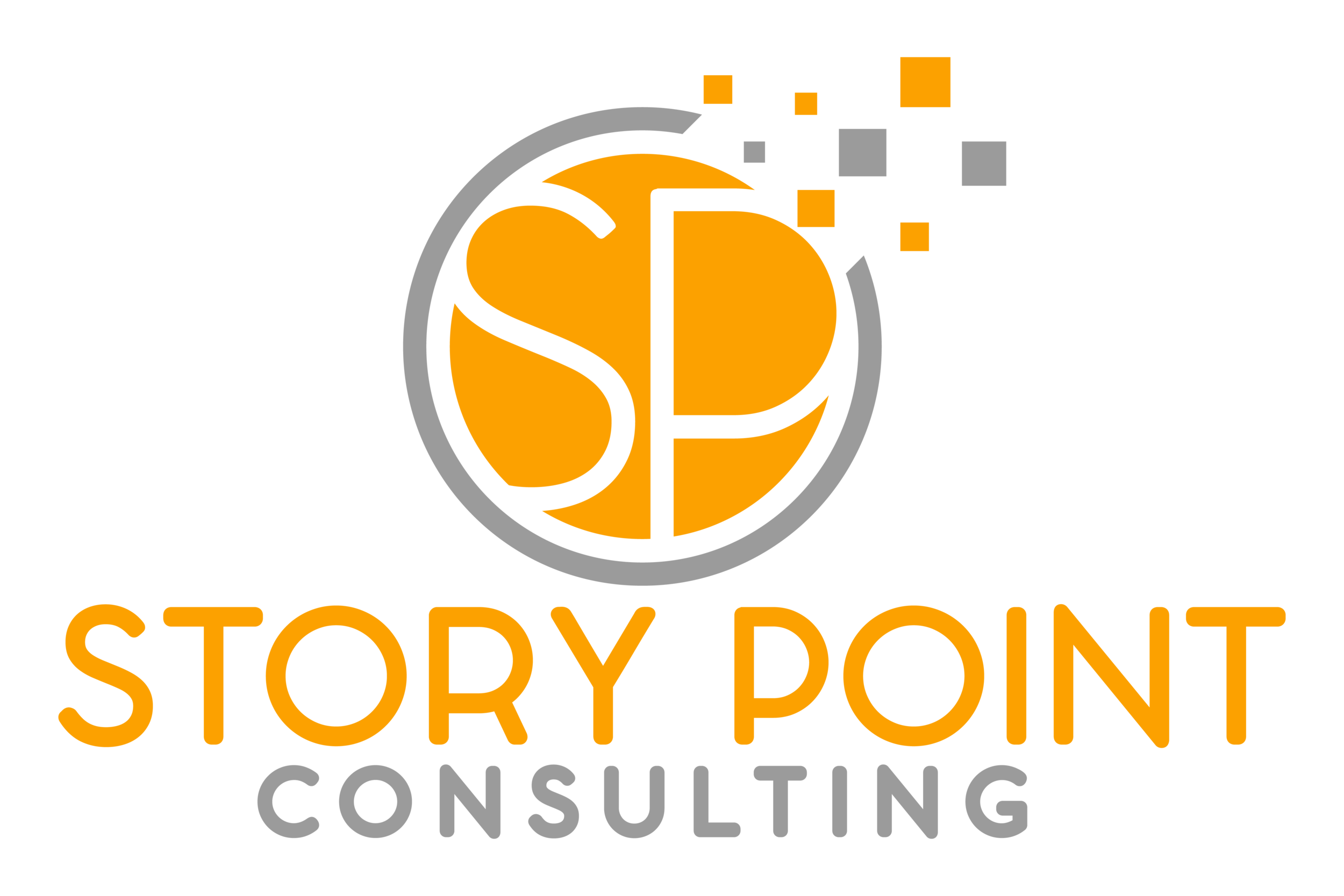3 Tips to Create a Fundraising Plan
Fundraising means events and galas...right?
Does this sound familiar? Often when board members or other volunteers are asked whether they have fundraising experience, they say “yes”. But what they really mean is that they’ve participated on planning committees for fundraising events.
For many people, when they hear “fundraising,” they instantly think of events and galas. And while events can be wonderful at raising awareness for your organization and potentially raising substantial funds, they can also be time consuming and costly.
The importance of a fundraising plan
A fundraising plan is a valuable resource for your organization. This tool gives you a comprehensive overview of all your income generating activities, within a specific time frame. And, this strategic approach helps manage your team's time and energy more effectively, as you can allocate your fundraising efforts month-by-month.
With a fundraising plan, your organization gains the ability to make informed decisions, such as whether to organize a special event, or consider a large campaign. It is critical to note that a well-structured plan that has just a few small tasks, is more beneficial than taking on an overwhelming number of activities. This way, your organization can stay focused and productive in its fundraising efforts.
So if your organization is wondering how to create a fundraising plan, here are three steps to start.
Decide the fundraising activities. When creating your fundraising plan, it is crucial to reflect on past experiences. Carefully analyze previous endeavors to understand what strategies were successful, and what fell short. Then select fundraising activities that you believe will reliably bring in revenue for your organization, and incorporate them into your plan. Your plan should ideally include diverse revenue streams, like applying for grants, revenue from services offered by your organization, or soliciting donations from long-time supporters. A plan encourages you to have more than one way to raise money so that in the event that you receive less than expected on your event, or your grant application has been declined, there are other avenues available to meet your financial goals.
Continually revisit your plan. Developing a plan is just the beginning. It is crucial not to lose sight of it once it has been developed. Regularly checking in on your progress allows your organization to ensure that you are moving in the right direction, and that your goals stay on track. Furthermore, it provides your team the opportunity to make adjustments if needed. For example, let's say your most recent fundraising campaign did not bring in as much revenue as you had initially projected. In this scenario, how would you adjust your actions to meet your fundraising target? Alternatively, would it be necessary to update the goal to make it more achievable, considering your current circumstances? The key is to remain adaptable and proactive in navigating fundraising challenges.
Consider your organization’s capacity. While some organizations have entire fund development teams, most small shop nonprofits do not. So, it’s important to plan within the resources of your team. For example, your organization may decide to focus on building relationships with a small group of donors to avoid overstretching itself. Always do what works best for your team, because a great plan is of little use if it cannot be implemented.
Sometimes bringing in extra help for a specific project can be a cost-effective way to manage the time of staff and volunteers. For example, large fundraising efforts such as a capital campaign or, the purchase of emergency equipment can benefit from an experienced fundraising consultant to guide your team, or to boost the output of a small group. Plus bringing on temporary expertise in the form of fundraising consultants or training leaves the expertise with your people for future projects.
Creating a detailed fundraising plan can pave the way for successful fundraising endeavors in the future. It is often observed that the simple act of sharing your fundraising activities in an organized way can engage your entire team, including board members and staff. This involvement is not just about being part of the process, but actively participating in the fundraising efforts. When everyone feels a sense of belonging and responsibility, they tend to contribute more effectively, collaborating towards achieving a shared objective. This collective effort can significantly improve the productivity and efficiency of your fundraising efforts, and when there is teamwork and collaboration, everyone will work towards achieving your fundraising goals.




